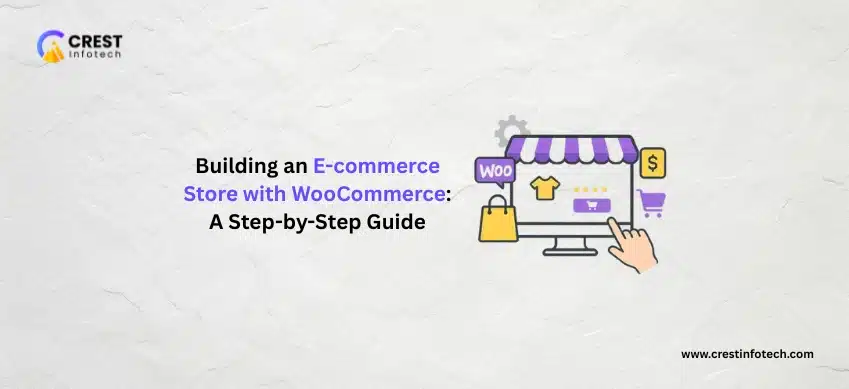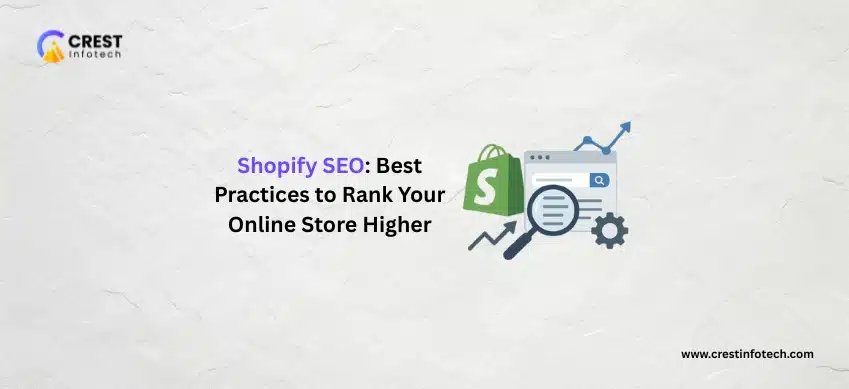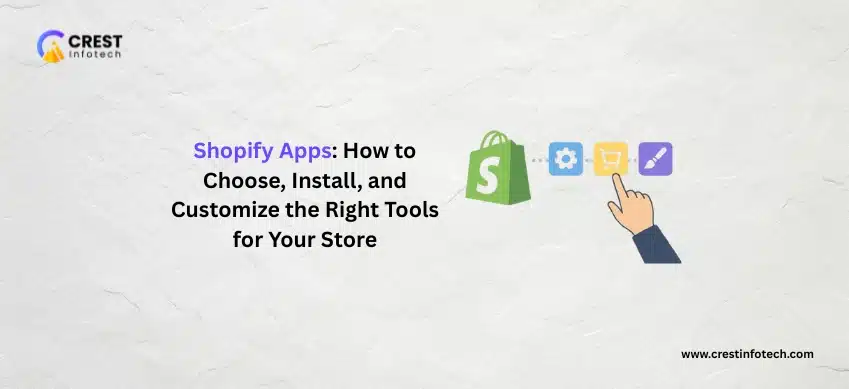Building an E-commerce store with WooCommerce empowers businesses to sell products online with flexibility, scalability, and ease of use. Here’s a step-by-step guide to help you set up and manage your WooCommerce store effectively.
1. Set Up WordPress and Install WooCommerce
Start by creating the foundation of your online store using WordPress.
- Purchase a domain name and choose reliable hosting (e.g., SiteGround, Bluehost)
- Install WordPress through your hosting control panel
- Go to Plugins → Add New and search for WooCommerce
- Install and activate the WooCommerce plugin
2. Configure Basic Store Settings
Once WooCommerce is installed, configure your store preferences.
- Run the WooCommerce Setup Wizard to set currency, location, and payment options
- Add essential pages automatically (Shop, Cart, Checkout, My Account)
- Configure tax settings, shipping zones, and units (weight/dimensions)
- Set up payment gateways such as PayPal, Stripe, or bank transfer
“A well-configured store ensures smoother customer experience and streamlined operations.”
3. Add Products and Categories
Now it’s time to populate your store with products.
- Go to Products → Add New in your WordPress dashboard
- Add product title, description, price, and SKU
- Upload high-quality product images and assign categories or tags
- Choose between simple, variable, grouped, or downloadable products
4. Choose and Customize Your Theme
The theme defines your store’s look and user experience.
- Choose a WooCommerce-compatible theme (like Storefront, Astra, or OceanWP)
- Customize colors, typography, and layout via Appearance → Customize
- Use page builders like Elementor or Gutenberg for flexible design options
- Ensure your site is mobile-friendly and fast-loading
“A visually appealing and responsive design builds trust and boosts conversions.”
5. Enhance Functionality with Plugins
WooCommerce’s strength lies in its extensibility.
- Add plugins for SEO (Yoast SEO), security (Wordfence), and performance (WP Rocket)
- Use WooCommerce Subscriptions for recurring payments
- Install WooCommerce Mailchimp for automated email marketing
- Integrate analytics with Google Analytics or WooCommerce Reports
6. Test and Launch Your Store
Before going live, ensure everything works perfectly.
- Place test orders to verify checkout and payment flow
- Check responsive design on mobile and tablets
- Verify email notifications for customers and admins
- Optimize for speed and run security scans
7. Maintain and Optimize Your Store
Once your store is live, ongoing maintenance is essential for performance and growth.
- Update WordPress, themes, and plugins regularly
- Monitor orders, stock levels, and customer feedback
- Implement SEO strategies and run promotional campaigns
- Backup your website periodically
“Consistent updates and optimization keep your store secure, fast, and profitable.”
Final Thoughts
Building an e-commerce store with WooCommerce combines WordPress’s flexibility with robust e-commerce functionality. By following these steps—setup, configuration, product management, customization, and optimization—you can create a powerful online store that attracts customers, drives sales, and grows your business sustainably.



